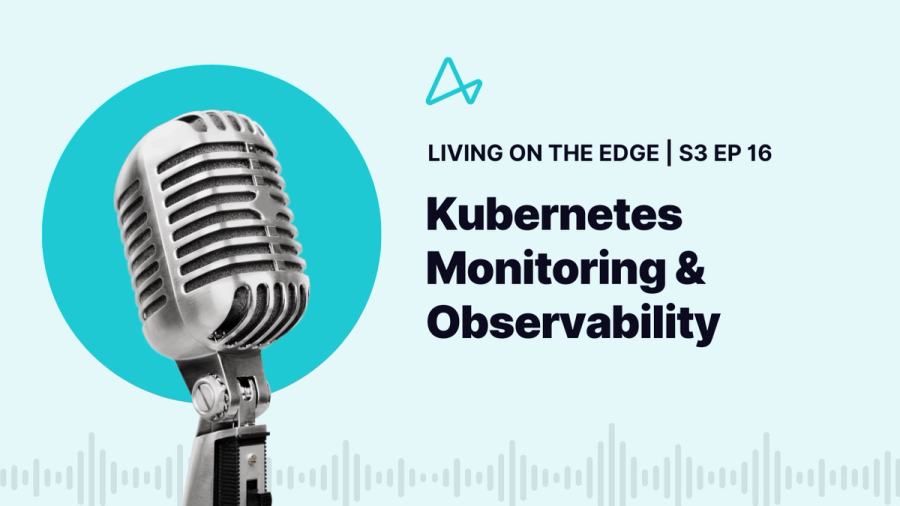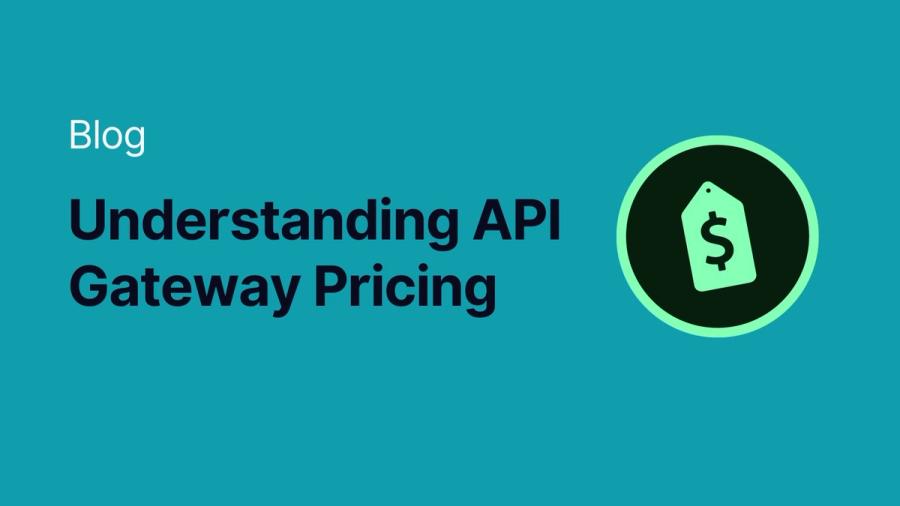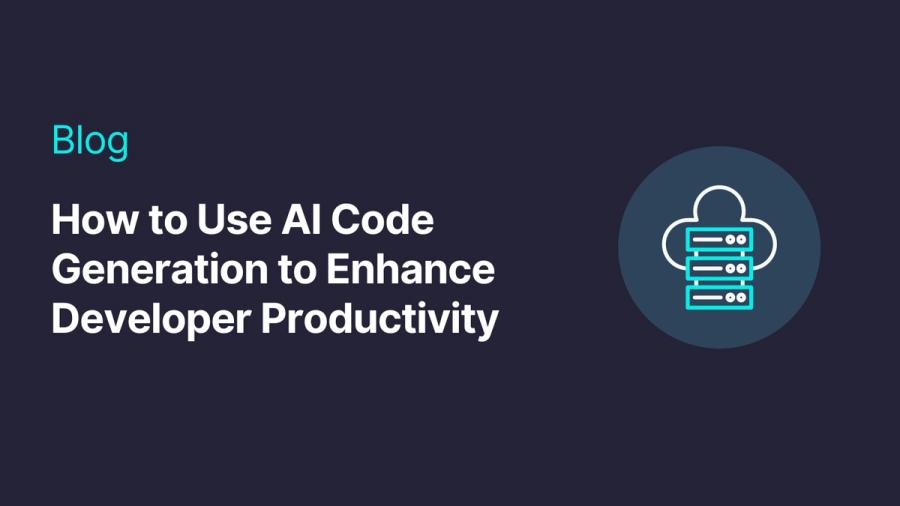
Kubernetes API Gateway
On the latest Livin’ on the Edge podcast (and my last episode for Season 3), I interviewed Vasil Kaftandzhiev, a fellow Product Manager at Grafana. We explored the importance of observability in IT systems, particularly in the context of cloud infrastructure and Kubernetes management.
Observability is the constant monitoring of the system and of business KPIs with the goal of understanding why something is happening. It goes beyond the here-and-now of just monitoring (which itself is key to observability) and extends to the analysis and understanding of broader problems or issues, the underlying system and root causes.
July 11, 2024 | 7 min read

Kubernetes API Gateway
Filtering and segmenting traffic to and from your app is critical to the consistent safety of your software development lifecycle, and finding the right API Gateway is just as important. Let’s look through the key components of an API gateway and the different ways companies tend to price them.
What is an API Gateway?
A Kubernetes API Gateway acts as a critical checkpoint in your infrastructure where you can place barriers and rules for APIs connecting to your microservices.
July 8, 2024 | 6 min read

API Development
Let’s say you have to build a carousel component for an e-commerce site. How would you go about that?
One option would be to design it in Figma and then code it in HTML, CSS, and JavaScript. You’d have to create the layout, add navigation, implement transitions, and ensure responsiveness across different devices. Likely, you’ll also have to integrate with an e-commerce backend through an API and match the styling to your existing website.
With design, frontend, backend, and deployment, this quickly becomes a team endeavor.
July 2, 2024 | 13 min read

Telepresence
It’s no lie that containerization is a massive boon to the development process. It allows developers to create consistent environments across different stages of development, from local machines to production servers. Containerization involves encapsulating or packaging software code along with all its dependencies so that it can run uniformly and consistently on any infrastructure. This is achieved through containers, which are lightweight, executable units that contain everything needed to run the software, including the system tools, libraries, runtime, and settings.
The End of "It Works on My Machine"
One of the most significant advantages of containerization is its ability to solve the "it works on my machine" syndrome. This common phrase has plagued developers for decades, where an application runs perfectly on one developer's local machine but encounters issues in another environment due to slight differences in OS, underlying libraries, or configurations. Containers ensure that the application runs in the same environment, regardless of where it is deployed, be it a developer's laptop, a test server, or a production server. This consistency eliminates any discrepancies and bugs that arise from environment-specific configurations.
June 28, 2024 | 14 min read

API Development
API development is a complex process due to two main reasons: (1) the number of variables and people involved in creating an API and (2) the process of building and improving your APIs never ends. At a quick glance, the steps within building an API include the design and plan of your API, coding your API to implement endpoints, authentication, and best-practice optimizations, all while ensuring high availability and scalability of your API infrastructure. All these steps have intricacies of their own, meaning a good portion of your time will be spent testing optimization updates and new versions you want to deploy in the API testing stage of the API lifecycle.
So, what is API testing? How can you effectively incorporate it into your API development lifecycle to accelerate your development process and deliver an efficient and secure API?
What is API testing?
June 26, 2024 | 12 min read

API Development
API development is a complex process due to two main reasons: (1) the number of variables and people involved in creating an API and (2) the process of building and improving your APIs never ends. At a quick glance, the steps within building an API include the design and plan of your API, coding your API to implement endpoints, authentication, and best-practice optimizations, all while ensuring high availability and scalability of your API infrastructure. All these steps have intricacies of their own, meaning a good portion of your time will be spent testing optimization updates and new versions you want to deploy in the API testing stage of the API lifecycle.
So, what is API testing? How can you effectively incorporate it into your API development lifecycle to accelerate your development process and deliver an efficient and secure API?
What is API testing?
June 26, 2024 | 12 min read









